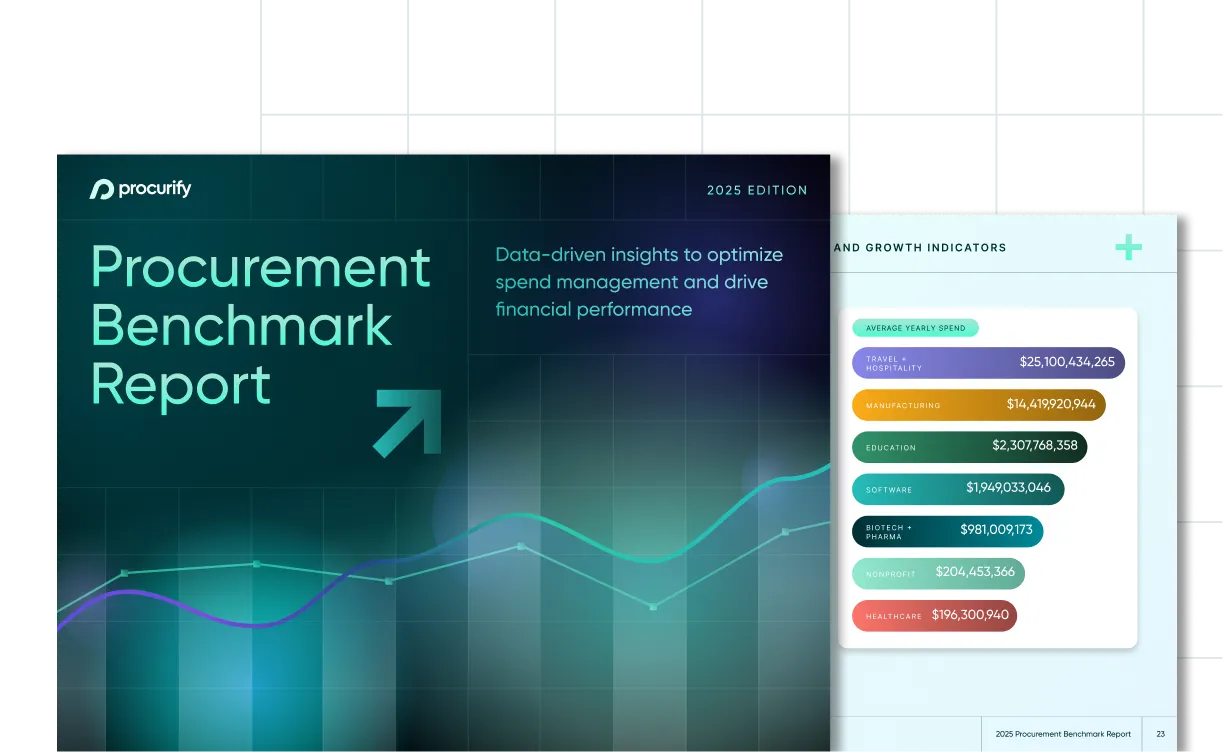Business is not B2B or B2C – but H2H!
Business is Human to Human
Original author: Bertrand Maltaverne
Download the full article and more in our Procurement Sense Magazine.
The heart of business is people – it is “human to human.” This is something that is too often forgotten in P2P projects, where the focus is on capabilities, features etc. Because of the human aspect of business, all projects must start with meaning – defining why a P2P project should proceed is critical.
In my personal experience, organizations often cannot explain why they want to put in place P2P technologies. It is no wonder that they face adoption & compliance challenges. At the end of the day, the “Holy Grail” is providing a tool that everyone can use, even if they only need it occasionally.
This is why my current position (consultant/provider) is really interesting. I work with procurement specialists to build their vision/strategy, and then make that vision/strategy happen. This is the road that procurement organizations should follow to avoid the “trap of features.”
When you have the right approach, magic happens and the big picture appears: collaboration. Collaboration, though, is a varied concept – it is collaboration between both various internal functions and collaboration across the supply chain.
Several projects I managed internally in the past or that I now participate to are all about these collaborative aspects and I believe that integrated P2P suites such as POOL4TOOL are the means to restoring the link between:
- R&D, procurement, manufacturing, quality, and suppliers at the early stage of product development.
- Procurement and finance – traditional silos that transactional solutions can help break.
- Procurement and its internal customers, a very important relationship in the world of indirect procurement.
At the end of the day, the goal should not be to get this or that feature but to improve collaboration and therefore increase the effectiveness and efficiency of the organization.
For example, one key player in the automotive industry I am currently working with has an information system that was not designed around people but around functions. This produced a waste of energy, created barriers between people and developed mistrust. This situation can be fixed with the right technology and the right approach.
The program we built with this customer is centered around a vision a collaboration platform supporting business processes and providing all stakeholders with the information they need to execute these processes. This includes areas such as:
- Program/project management, commodity strategy, strategic sourcing, contract management, request management, and ordering.
The benefits of this design are:
- Information flows end-to-end in a transparent manner increasing the agility of the organization and making processes leaner,
- Decision makers have more and better inputs in terms of accuracy and completeness, improving time-to-market and reducing risks,
- Strategy is embedded in execution increasing compliance and removing the need for internal validation committees,
- Execution continuously feeds strategy fostering continuous improvements.
By removing the strenuous administrative work and restoring trust, people are able to make a difference by seeing the big picture and the common goal.
Procurement has a unique and central position in organizations and, if it wants to reinforce or keep its strategic role, it must be at the forefront of this collaborative / holistic approach. This is a condition to bring innovations to the organization.
This is the time to focus on value, to build a strategy and then to act because “strategy is not what you say, it is what you do.”

2025 Procurement Benchmark Report
Powered by $20B+ in proprietary data you won’t find anywhere else.
